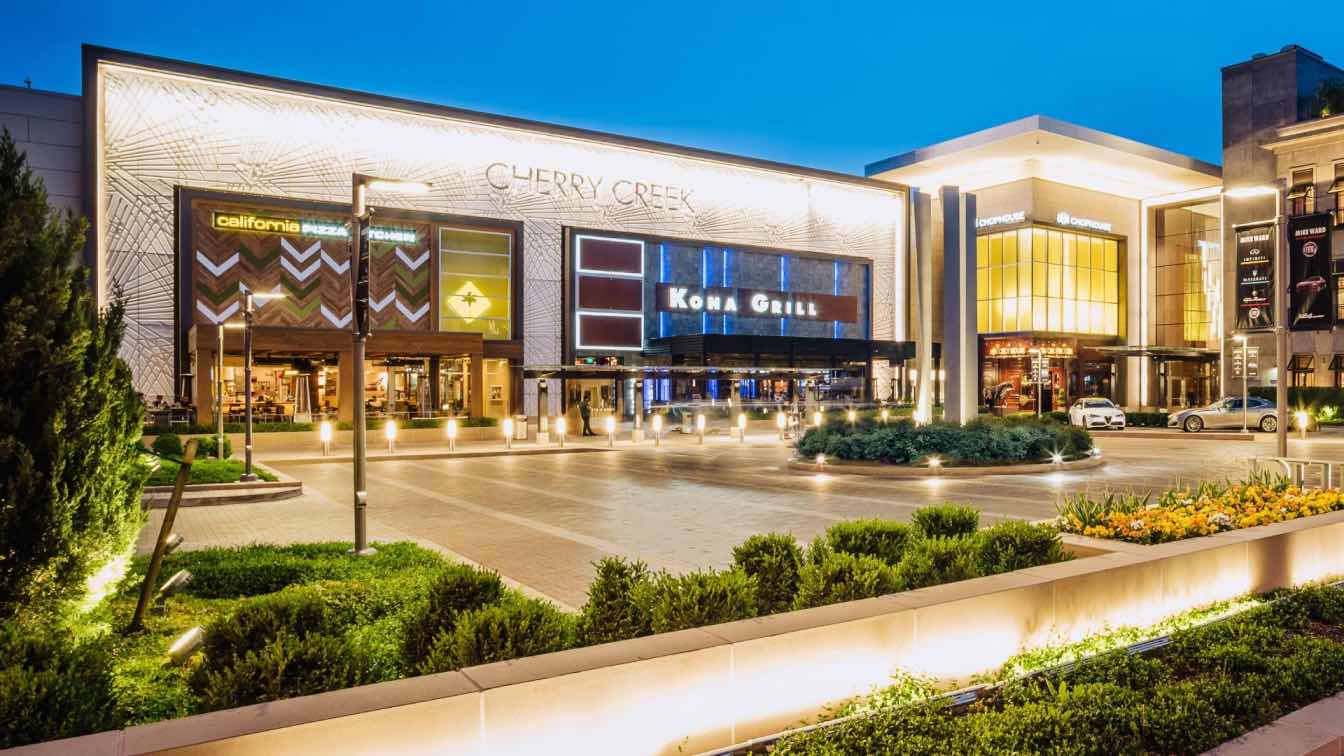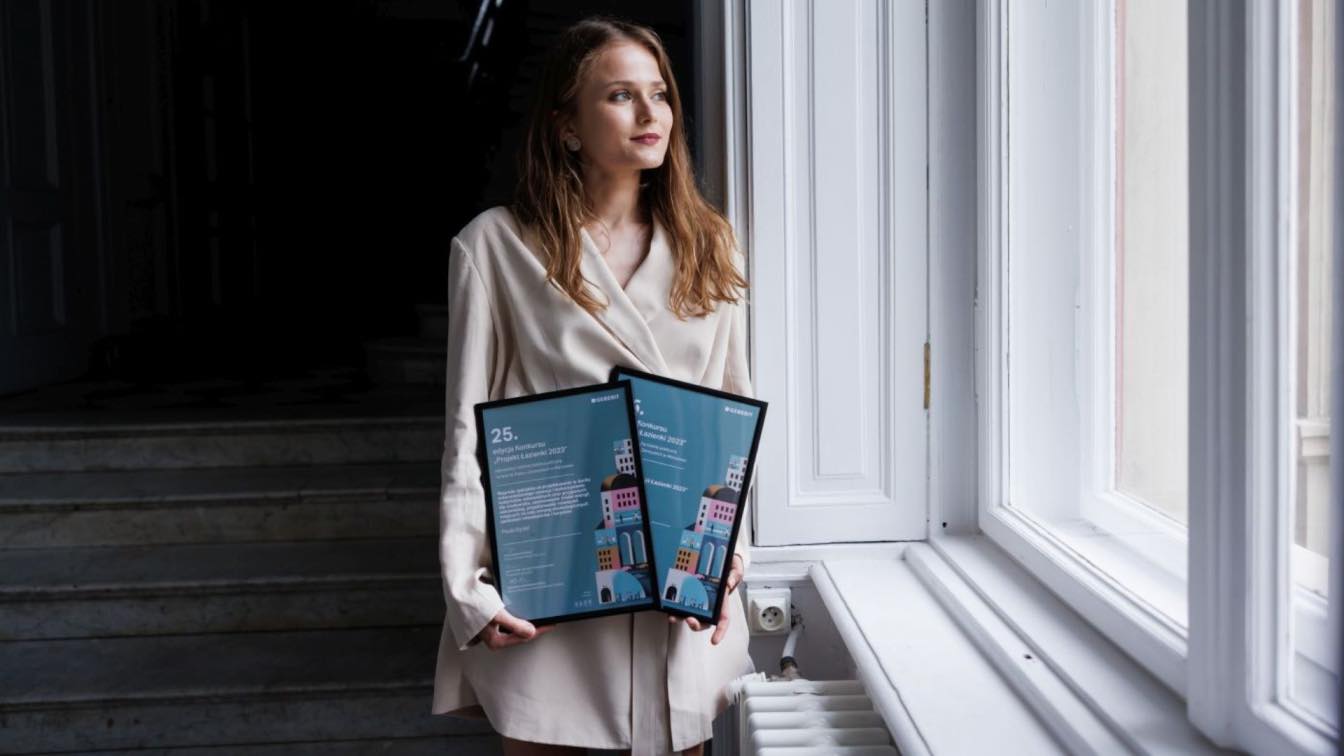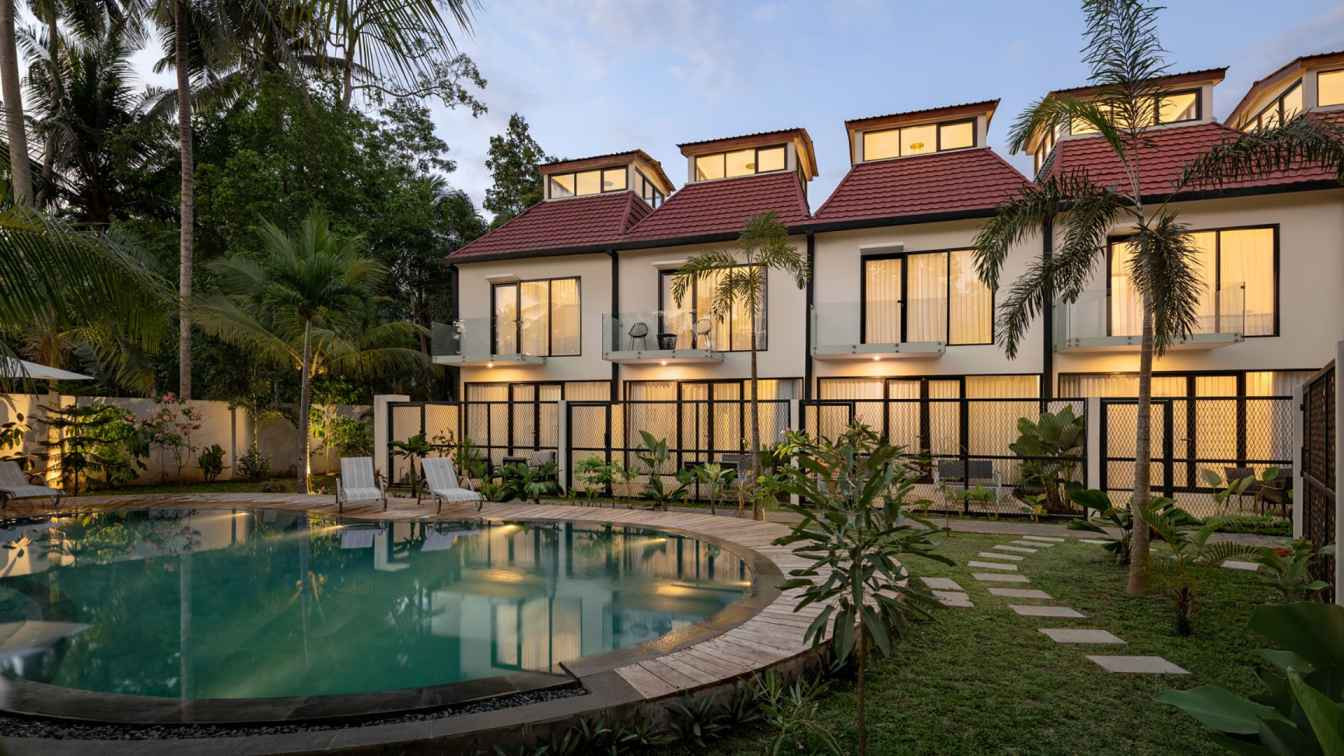Swiss-born designer David Girelli values minimalism and attention to detail above all else. His philosophy significantly influences the characteristics of a wide range of design, from furniture to fashion accessories. Girelli recently opened his own studio in London and can already boast impressive successes. He designs for many global companies, always striving to go beyond the typical. His expertise in engineering, fashion and interior design, is clearly reflected in his noteworthy furniture collections. A minimalist style, textured fabrics and eye-catching geometric shapes rules here. The use of natural materials is equally central to its design philosophy, promoting honesty and beauty.
How did you get to where you are today?
My adventure with design began in my early teens, when I was deeply fascinated by understanding the inner workings of every possible object and device I encountered along the way. As a curious child, I would often walk around the house with a screwdriver, meticulously disassembling my father's electronics. This inquisitiveness, combined with a sharp eye for design balance, led me to set up my own studio, where I create a variety of accessories and furniture. I particularly appreciate the FULU armchair, which was created for the polish furniture brand Nobonobo. I can confidently say that its creation was a living testament to passion and exploration.

Do you have a particular style that seems to be closest to you?
What sets my work apart is my constant striving for simplicity and purity of form. I strive to eliminate unnecessary intricacies and details in my designs, aiming to create a sense of timeless elegance. By observing many areas of life, it is easy to see that an overabundance of stimuli, forms and information steers us down the path of minimalism - calm, order and simplicity. The same applies to interior design. We are looking for breath, a sense of spaciousness and order. There is a growing need in us to be more aware of what we surround ourselves with.
Where do you get your ideas for the furniture you design?
In my case, the complex world of furniture design draws much of its inspiration from communing with nature. It is she, with her vast array of colours, proportions and textures, that serves as a rich source of creative influence for me, carrying ideas for a particular form of furniture. By observing her beauty, I can see how she influences the correct proportions and textures of objects. Achieving harmony between fads and trends and true timelessness in design is crucial for me. I regularly ask myself whether the objects and furniture I create will be current in design in another 10 years.

How do you see the purchasing needs of today's customers?
The furniture design scene has evolved considerably over recent years. Today's customers, surrounded by cheap and very short-lived furniture options from everywhere, are increasingly looking for something more; durability, good quality and original design thought.
Can you tell us a little more about the production process of the Nobonobo armchair? How did this collaboration come about and how did it go?
Working with Nobonobo to create the FULU chair was a great experience for me. It all started when the company contacted me via social media. Our cooperation developed very professionally and smoothly. It was a pleasure to work with the owner, Tomasz Matejczyk, and I admit that I am already looking forward to our next projects together. The armchair, which I know has won the hearts of interior designers instantly, has a unique, organic silhouette, created by the interplay of four elements in the shape of flat stones. Combining structural integrity with fluid design, the FULU armchair is a truly expressive piece that perfectly complements any contemporary living space.
Do you have a universal recipe for good design?
In my opinion, it should incorporate key elements such as sustainable production, excellent quality, harmonious balance and comfort. Sustainability is particularly important to me, as it is in line with my commitment to responsible, conscious and ecological design practices.
More: www.nobonobo.pl










